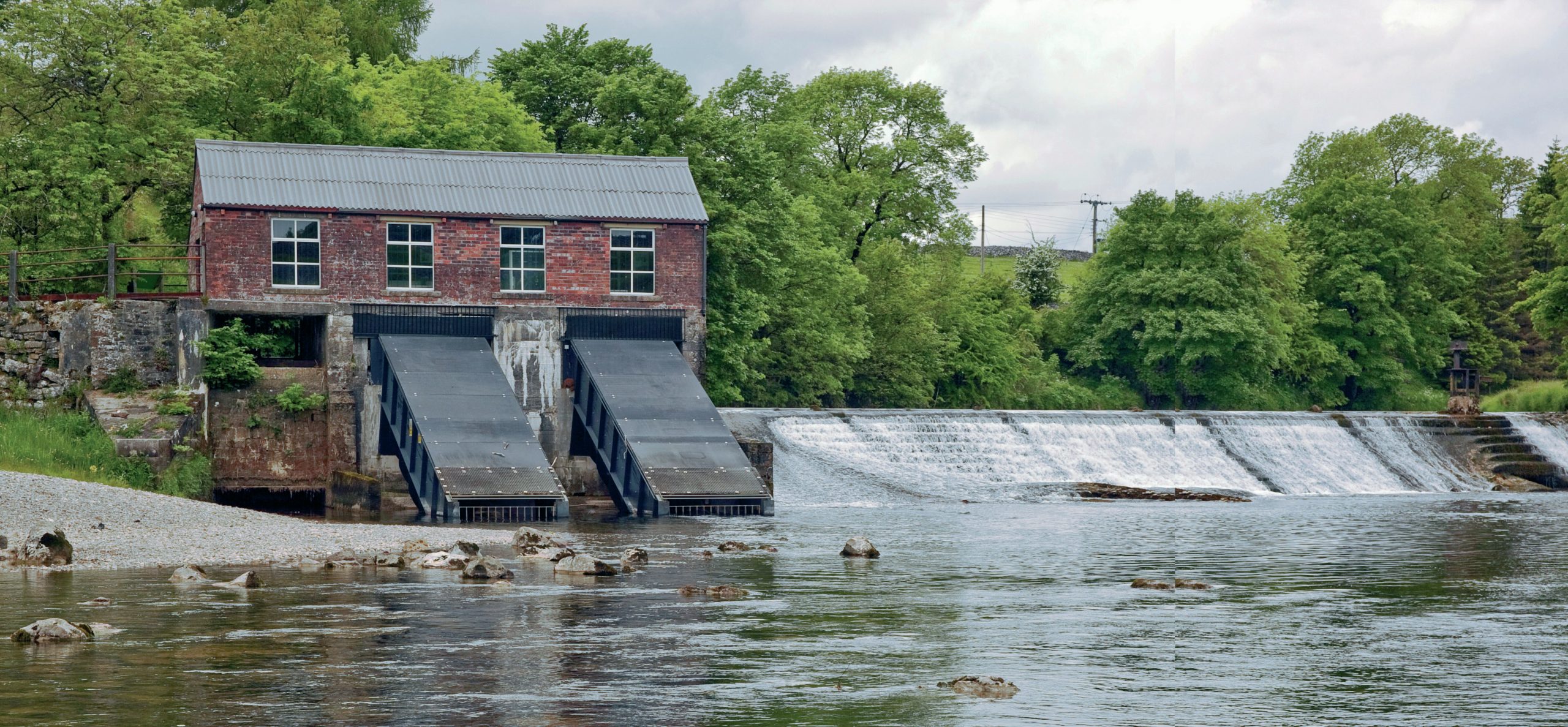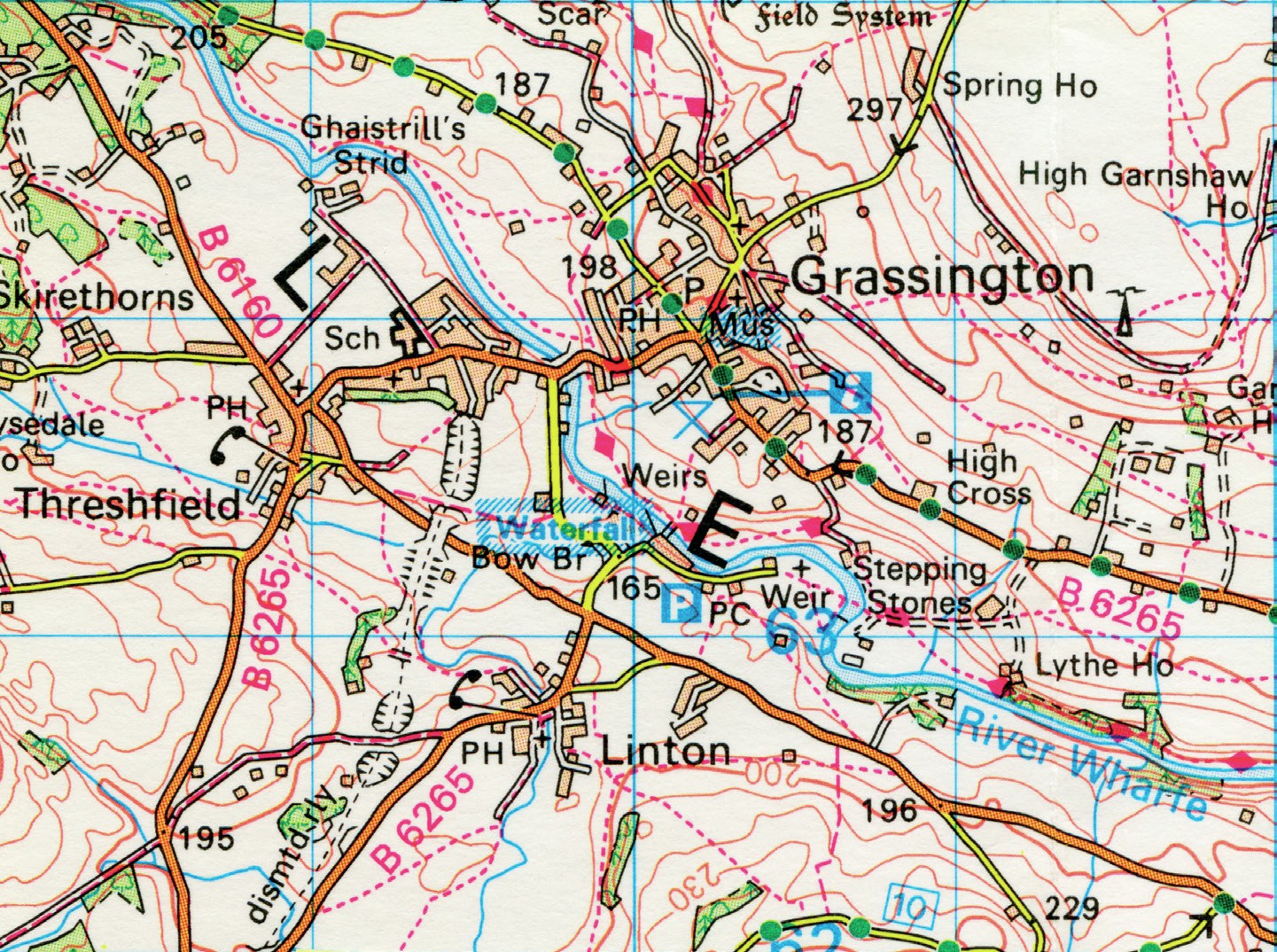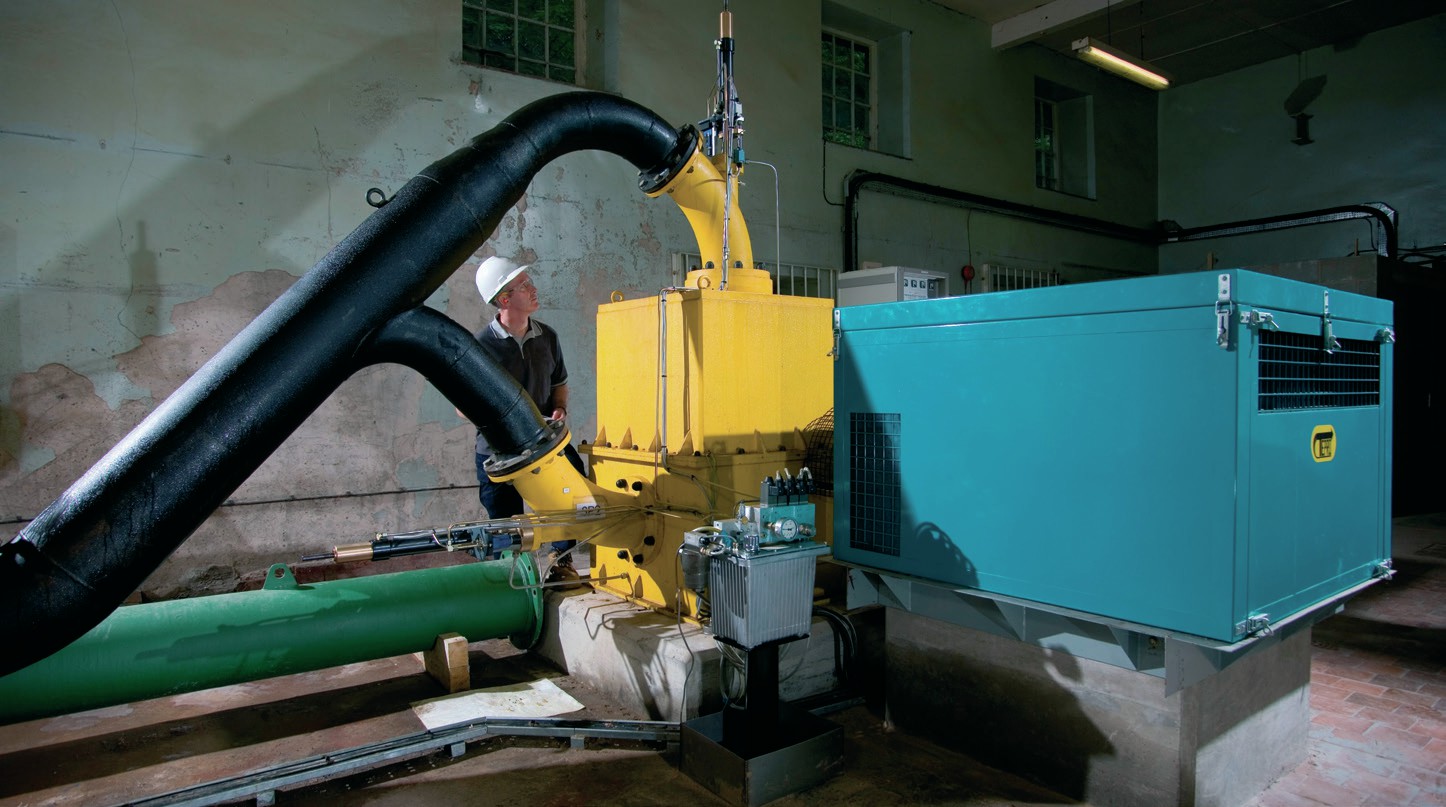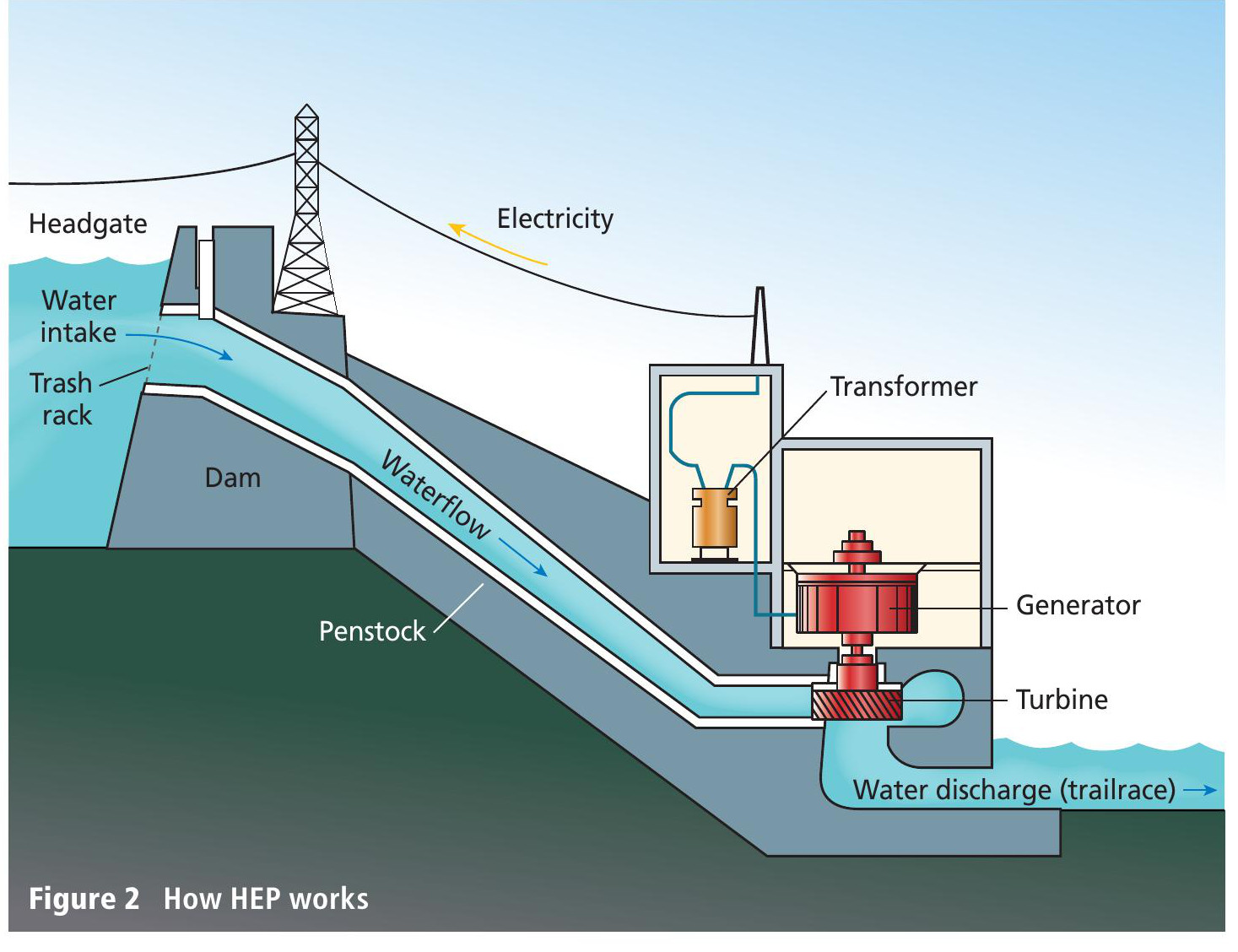
Linton Falls is a hydroelectric power (HEP) station situated in the Yorkshire Dales National Park. It is located just outside Grassington, North Yorkshire (Figure 1), where we were on holiday in February 2015.
The power station was built in 1909 and it generated electricity until 1948. It was retired when the National Grid was created, as it was no longer financially viable. Linton Falls is now considered a place of importance — arare example of early modern industrialisation in Yorkshire. Since 2000 it has been protected by English Heritage as a scheduled monument.

Redevelopment
In 2011 the Linton Falls turbine house was restored to its original state and it now supplies electricity to the local distribution network. It is making a valuable contribution once again as a source of renewable energy. The new generators are capable of producing 500,000 kWh of electricity every year — equivalent to the average amount of energy used annually in 90 family homes.
This renewable source of energy helps the environment by cutting down on 216 tonnes of carbon dioxide (CO2) production per year — this is how much CO2 would be created if the same amount of electricity was produced using fossil fuels.

How it works
In an HEP plant electricity is generated by water moving through turbines (Figure 2). At Linton Falls the fast-flowing water of the River Wharfe turns the turbines in the turbine house. As there is a constant water source there is no need to build a reservoir, therefore saving money.

Why is HEP important?
HEP is a most effective process for creating energy without creating pollution of any kind and virtually no waste products. This has to be good for the environment of the Yorkshire Dales and indeed for all of us.
Linton Falls is a hydroelectric power (HEP) station situated in the Yorkshire Dales National Park. It is located just outside Grassington, North Yorkshire (Figure 1), where we were on holiday in February 2015.
The power station was built in 1909 and it generated electricity until 1948. It was retired when the National Grid was created, as it was no longer financially viable. Linton Falls is now considered a place of importance — arare example of early modern industrialisation in Yorkshire. Since 2000 it has been protected by English Heritage as a scheduled monument.
Your organisation does not have access to this article.
Sign up today to give your students the edge they need to achieve their best grades with subject expertise
Subscribe




